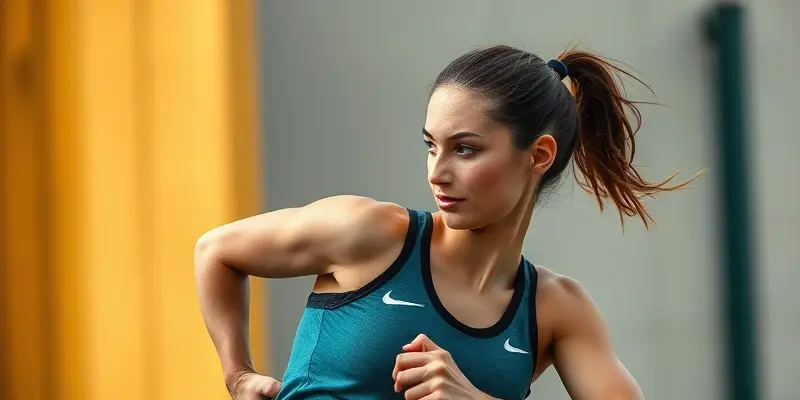Revolutionizing Recovery: Unlocking the Power of Virtual Reality in Sports Injury Prevention and Rehabilitation
Welcome to the future of sports injury rehabilitation. Sporting injuries can be a major setback, but with the rise of innovative technologies like Virtual Reality (VR), athletes are finding new fuel for their recovery journeys. Today, we explore how VR is transforming sports training and rehabilitation.
What is Virtual Reality in Sports Training?
Virtual Reality is no longer just a gaming concept. In sports, it’s a cutting-edge tool that simulates various real-world scenarios, allowing athletes to practice and perfect their skills without the risk of injury. By creating immersive environments, VR provides safe settings to tackle high-risk sports movements.
Benefits of VR in Injury Prevention
Simulating High-Risk Movements
Ever wondered how athletes practice without getting injured? VR allows them to replay scenarios that commonly lead to injuries, like ACL tears, in a risk-free environment. For instance, football players can refine their movements to avoid these injuries with the help of VR simulations.
Customized Feedback & Technique Correction
Faulty techniques can often lead to recurring injuries. VR offers real-time assessment and feedback, helping athletes correct biomechanics. This adaptability stops imbalances from turning problematic, promoting safer sporting habits.
VR in Faster Recovery and Safe Return
Progressive Exposure to Sport-Specific Tasks
A significant challenge during rehabilitation is returning to sports confidently. VR provides a solution by offering progressive exposure to sport-specific tasks. This process optimizes neuromuscular coordination, preparing athletes for a full return.
Objective Assessment and Tailored Rehabilitation
Data is power. VR tracks movement quality, joint angles, and recovery milestones, providing robust data. Clinicians use this information to tailor rehabilitation protocols, accelerating recovery while ensuring safety. For those looking to complement their injury recovery checklist with data-driven insights, VR proves indispensable.
Beginner-Friendly Recovery Guides with VR
Guided Rehab Modules
Rehabilitation isn’t just for seasoned pros. VR offers beginner-friendly modules that adapt to one’s progress. These modules ensure patients are neither overwhelmed nor under-challenged, making the recovery smoother.
Tools & Gadgets: Enhancing VR Experience
Advanced motion-tracking gadgets pair with VR to offer deeper insights into an athlete’s performance. These tools track muscle activation and performance in real time, making cognitive training cutting-edge.
Psychological and Motivational Boost
Recovery isn’t just physical; it’s mental. VR mitigates anxiety and lifts spirits through engaging rehab routines and game-like elements, making it an ally against the monotony often faced during recovery.
Limitations and Considerations
While VR’s promise is immense, its effectiveness varies across individuals. Combining VR with conventional rehab can provide a holistic approach, ensuring all aspects of recovery are covered.
Conclusion
The advent of VR in injury recovery offers a bright future where athletes can recover faster and return stronger. As VR continues to evolve, it holds the promise of not just mimicking reality, but enhancing the road to recovery. Whether you’re a pro athlete or a fitness enthusiast, exploring VR as part of your training strategy could be the game-changer you seek.
As you embrace this technology, remember: it’s not just about the tools, but how we use them. Whether you’re striving for gold medals or fitness goals, VR might be the partner you never knew you needed.

